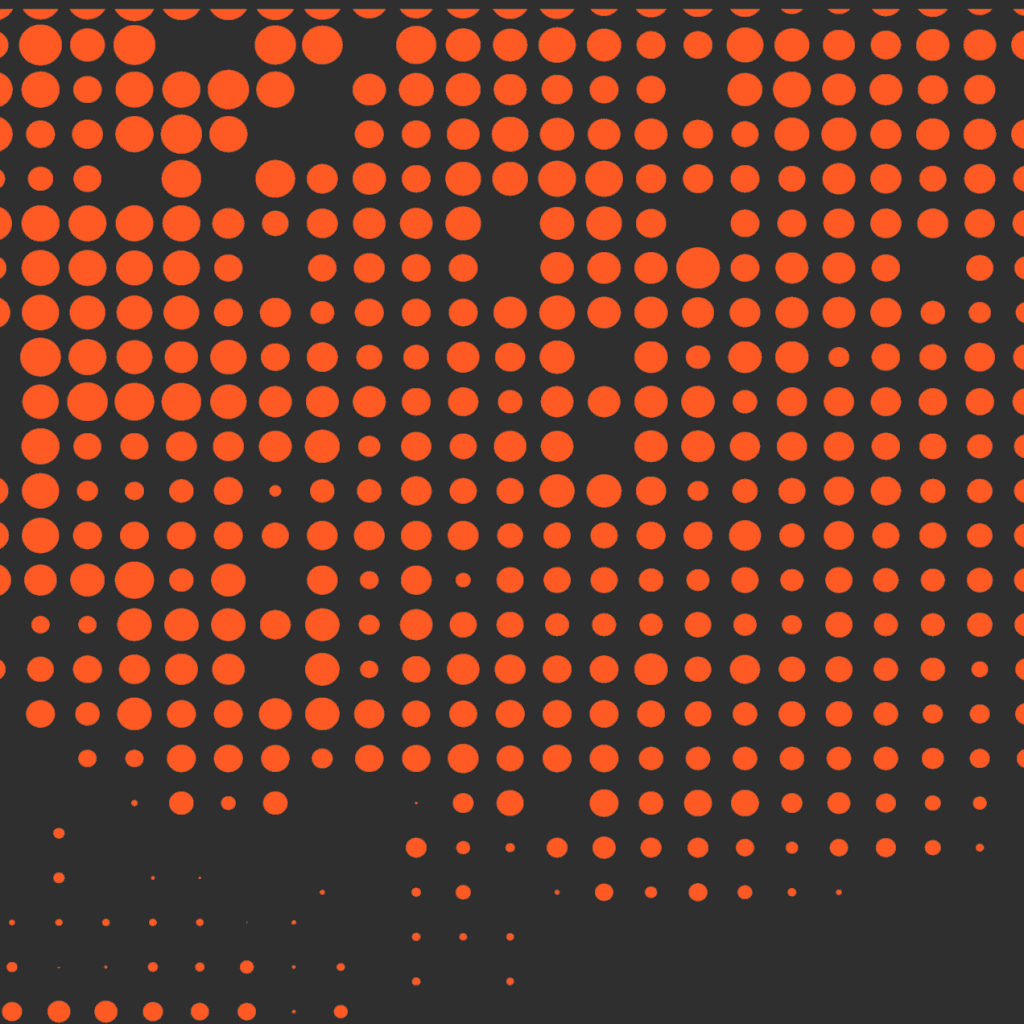|
Getting your Trinity Audio player ready...
|
Have you ever told yourself, “That’s just the way I am”? Maybe it comes up when you blow up in an argument or avoid conflict altogether. Or when you shy away from a business opportunity because, well, you’ve “never been the risk-taking type.” Or perhaps it’s the all-too-familiar refrain of someone stuck in a loop of perfectionism, procrastination, or any other trait they’ve decided is etched into their very DNA.
Here’s the truth you may not want to hear: That’s not just who you are. It’s who you’ve chosen to be. And better yet? You can choose differently.
This isn’t about some “fake it till you make it” self-help nonsense. It’s about recognizing that your personality isn’t a hardwired, unchangeable fact. It’s a construct. A combination of habits, patterns, and stories you tell yourself. And it’s surprisingly flexible. The right triggers, whether they’re conscious choices or unconscious reactions, can shatter your sense of self in an instant. But instead of fearing this, you can learn to harness it.
Modern psychology, backed by authors like Benjamin Hardy in his book Personality Isn’t Permanent and even Abraham Maslow’s classic work on motivation, tells us that personality isn’t static. It’s not like your height. Or the fact that pineapple on pizza is objectively wrong. Your personality shifts based on the choices you make, the environments you place yourself in, and the vision you have for your future self.
People cling to the idea of a fixed personality because it’s comfortable. Labeling yourself as “introverted” or “type-A” or “non-confrontational” gives you a shorthand explanation for why you are the way you are. And it lets you off the hook for changing. After all, if that’s just who you are, why bother trying to be someone else?
The problem with this mindset is that it traps you in a narrative of your own making. You start filtering your choices through the lens of who you’ve been instead of who you could become. It’s the psychological equivalent of driving while staring in the rearview mirror.
Let’s zoom out for a second. The idea that personality is flexible isn’t just rooted in modern psychology. It aligns with ancient philosophies that challenge the very idea of a fixed self.
Buddhism teaches that the “self” is an illusion, a construct that causes suffering because of our over-attachment to it. The more you cling to the idea of who you think you are, the harder it is to let go of the behaviors and beliefs that don’t serve you. The Stoics had their own version of this insight, warning against the ego’s tendency to inflate every inconvenience into a catastrophe. Marcus Aurelius, the Roman emperor-slash-philosopher, put it simply: “Choose not to be harmed, and you won’t feel harmed.” In other words, how you perceive yourself and your experiences is infinitely malleable. It’s not the event that defines you. It’s your reaction to it.
This applies to everything from personality quirks to deeply ingrained fears. The more you identify with your ego, the more you’ll resist change. But the more you can detach from this rigid sense of self, the freer you become to rewrite your story.
Your personality isn’t a reflection of your past; it’s a projection of your future. Your “current self” is just a snapshot, a moment in time that’s constantly evolving based on your decisions. Think of it like this: Who you were five years ago isn’t who you are today, and who you are today doesn’t have to dictate who you’ll be five years from now.
Maslow, best known for his hierarchy of needs, believed that the highest level of human existence isn’t about becoming someone new. Self-actualisation is about becoming more authentically you. The problem is, most people never reach this point because they get stuck in patterns of fear, scarcity, and the safety of the familiar.
Our personality types, whether understood through Jungian frameworks or the Big Five model, offer a useful starting point for self-awareness. They act as a kind of compass, highlighting our default tendencies. How we might react to stress, approach relationships, or interpret challenges. These tools can feel like revelations, explaining why you find networking events draining or why you thrive in structured environments. But as Jung himself pointed out, these tendencies are not fixed. The ability to become aware of our habitual patterns gives us the power to change them. Recognizing, for instance, that you lean toward introversion doesn’t mean you’re doomed to avoid public speaking forever. It simply means you might need a little more preparation. Or a deeper reason to care to step confidently into that role. Awareness creates a choice, and choice makes transformation possible. Instead of clinging to “that’s just who I am,” you can decide how to react or to a degree who you want to be.
So how do you break free? By realizing that personality isn’t something you find. It’s something you create out of the ingredients you brought with you.
Let’s get practical. Changing your personality isn’t about pretending to be someone you’re not. It’s about choosing the traits and habits that align with who you want to become. Here’s how:
1. Challenge Your Default Narrative
Every time you catch yourself saying, “That’s just the way I am,” pause and question it. Is it really? Or is it just a story you’ve been telling yourself for so long that it feels true?
Let’s say you avoid conflict because you’ve labeled yourself as “non-confrontational.” Ask yourself, “What if that’s just a habit I’ve fallen into? What would happen if I approached conflict with curiosity instead of fear?”
2. Visualize Your Future Self
Hardy emphasizes the power of imagining who you want to become. Not in a woo-woo, manifest-your-dreams kind of way, but as a tool for making better decisions. If your future self is confident, assertive, and creative, ask: What would they do in this situation? Then do that.
This technique is actually backed by neuroscience. Studies show that visualizing a desired outcome activates the brain regions associated with actually achieving it.
3. Change Your Environment
Maslow noted that self-actualization often requires an environment that supports growth. If your current surroundings reinforce bad habits or outdated versions of yourself, it’s time to shake things up.
If you’re trying to become more focused but work in a chaotic, noisy space, change your setup. Surround yourself with people who challenge and inspire you instead of those who reinforce your excuses.
4. Practice the Opposite
This one’s simple but powerful: Whatever behavior you’re trying to change, practice the opposite. If you’re impulsive, practice pausing before acting. If you’re shy, strike up conversations with strangers. It’s not about perfection; it’s about training your brain to see new possibilities.
5. Detach from the Ego
Remember: Your ego isn’t you. It’s a construct, a protective mechanism that loves to whisper, “Change is scary. Stay the same.” Acknowledge it, thank it for trying to keep you safe, and then move forward anyway. Meditation, journaling, or even just taking a few deep breaths can help you detach from the grip of the ego and approach situations with clarity.
Why This Matters for Founders and Leaders?
Your personality, as flexible as it is, sets the tone for your business. If you’re stuck in a mindset of “This is just how I am,” you’ll create a culture that mirrors your limitations. But if you embrace the idea that you can grow, adapt, and rewrite your story, you’ll inspire your team to do the same.
Imagine leading a company where “That’s just how things are” gets replaced with “What if we tried something different?” That’s not just a recipe for personal growth; it’s a competitive advantage.
And in Your Personal Life?
The same principles apply. Think about your relationships. How often do you attribute conflict to personality clashes. “I’m just too direct, and they’re too sensitive”, instead of addressing the situation? What if, instead of digging in your heels, you chose curiosity over defensiveness? What if you stopped labeling yourself as “not the romantic type” and decided to start showing up in ways that make your partner feel seen and appreciated?
Personality isn’t the problem. It’s the excuse.
So, here’s the deal: You are not your personality. You are not your past. You are not the story you’ve been telling yourself about who you are. You’re a work in progress, and that’s a beautiful thing.
Breaking free from the “That’s just who I am” trap doesn’t mean abandoning your identity. It means evolving it. It means choosing the traits, habits, and mindsets that align with the person you want to become. And it means recognizing that change isn’t scary. It’s liberating.
The next time you catch yourself falling back on a self-limiting belief, ask: “What if this isn’t me? What if it’s just a choice I’ve been making?” And then, choose differently.
Takeaways
-
Personality is not permanent: Your identity is not a rigid structure but a malleable construct shaped by choices, experiences, and awareness.
-
Awareness is the key to transformation: Understanding your personality type or default tendencies (e.g., Jungian or Big Five) helps you identify patterns but doesn’t limit your capacity to change.
-
Labels can liberate or limit: Personality tests are tools for insight, not prisons. Use them to guide your growth, not excuse your inaction.
-
Your environment matters: The people, places, and habits you surround yourself with significantly influence your growth and personality evolution.
-
The ego is not your identity: Over-attachment to the sense of “me” traps you in self-limiting beliefs. Letting go opens space for transformation.
-
Focus on becoming, not being: True self-improvement lies in choosing who you want to be, not clinging to who you think you are.
-
Embrace discomfort: Growth requires stepping out of your comfort zone and challenging long-held beliefs about yourself.
-
Rewrite your story: You’re the author of your life. Revisit the narrative you’ve been telling yourself and edit it to align with who you aspire to become.



